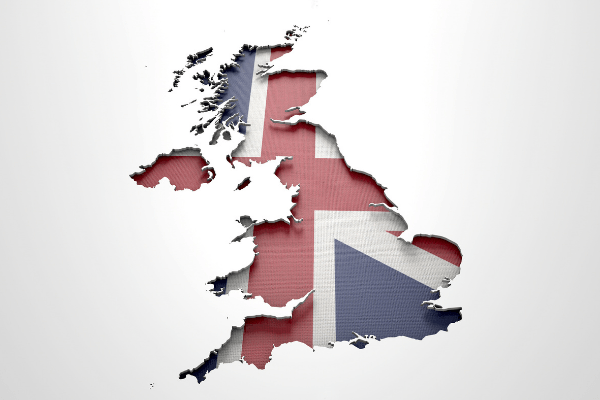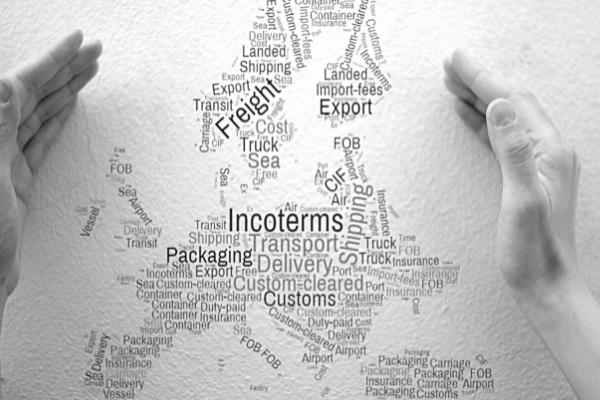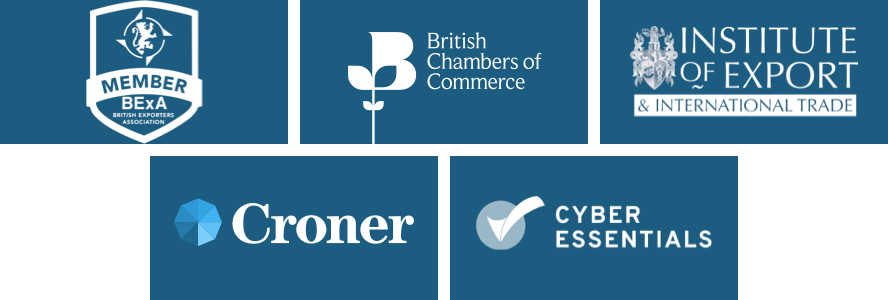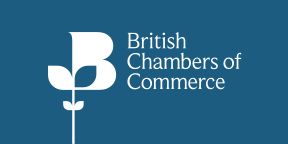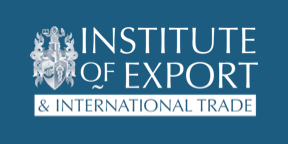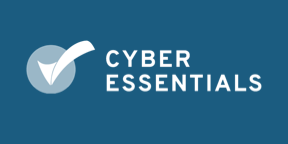BY:
SHARE:
In this “How to …” article we look at another key piece for information required for customs compliance, which could potentially assist companies in reducing customs duty charges: the origin of goods. Origin is a word used in lots of different areas of international trade, but we are focusing on just one of these in this article – establishing the nationality of goods, known as non-preference origin.
Declaring the nationality of goods is a mandatory requirement on import customs declarations and it is often known as the “economic nationality of the goods”.
Step 1:
Taking the UK Customs (Origin of Chargeable Goods) (EU Exit) Regulations 2020 which adopts the EU Union Customs Code regulations on establishing origin of imported goods as a guide, the first step is to determine if the item wholly originates or is wholly obtained from one country. If yes, this is the origin of the goods. If not ….
Step 2
For this step we need to know what process has taken place on the goods. If we have imported the goods and repacked them, for example, this is a minimal process and does not change the origin of the goods that are now sitting in different boxes perhaps with different labels. Countries’ origin rules state minimal/ insufficient processes and we need to ensure we are doing more than these process to change origin.
In Article 9 of the UK Customs (Origin of Chargeable Goods) (EU Exit) Regulations the following are deemed to be insufficient to change origin
- Operations to ensure the preservation of products in good condition during transport and storage
- Simple operations consisting of removals of dust, sifting or screening, etc
- Changes of packing or placing in bags
- Putting up of goods in sets or ensembles or putting up for sale
- Affixing of marks, labels or other distinguishing signs on products or their packaging
- Simple assembly of parts of products to constitute a complete product
- Disassembly or change of use
- Combination of the above
Step 3
This step can be more complicated. Some products, eg foodstuffs, textiles, clothing, footwear, pharmaceutical, must undergo a specifically defined process to establish the origin. These specific process rules are listed against the Tariff Heading of the goods within the customs regulations, such as the table within the UK Regulation or Annex 22.01 of the EU UCC Delegated Acts. If we don’t have a specific process rule to follow, we need to check the next Step.
Step 4
Where the goods do not wholly originate or come under a processing rule to establish origin then we are looking at the country in which the last substantial process or work took place. A quick guide to whether this changes the origin of imported items is to check if any of the imported goods have the same commodity code as the goods we’ve produced. Change of tariff heading of all materials is a key indicator that origin has also changed. For example, if we import wood and produce a table, the commodity codes are different and so is the origin of the table. If some goods have the same commodity code as the finished item, then we could still have undertaken a sufficient manufacturing process, but we need to check further.
Step 5
If we still haven’t established where the goods are made, we need to understand in more detail what process the goods have gone through. This is where the decision can seem arbitrary as the legal phrase is that the goods shall be considered to have undergone their last substantial, economically justified processing in the country where the majority portion of the materials originated as determined on the basis of substantial transport or on the highest value of materials if a substantial process cannot be determined.
Step 6
If the origin is still unclear, we must review any legal guidance through we may be better advised to seek an Advanced Origin Ruling (AOR - GB) or Binding Origin Information (BOI) ruling (NI/EU) for Customs. But do ensure they undressing it is a ruling on non-preference origin we want, or they may give us a using on preference origin, which is very different.
Errors may happen in establishing the origin of goods, but we can also have the case when a company is aware that by stating the export country (Country When Consigned – CWC) instead of the actual country of origin (COO) they will be avoiding restrictive measures, e.g., EU anti-dumping on ceramics made in China as Sri Lankan origin because they were shipped from Sri Lanka. The jargon phrase sometimes used to describe the intention mis-declaration of origin of goods when it travels through another country is “submarining” – though the real name is origin fraud.
While you are here you may be interested in some Strong & Herd LLP training courses related to this topic:
Understanding Origin & Preference
Understanding Free Trade Agreements
EU-UK TCA – Supplier Declaration Live Clinic
International Trade Compliance Manager – 2 day course
International Trade Up-dates into your inbox twice a month
Would you like to keep up to date on customs and international trade issues – subscribe to our OneCall service which combines regular practical updates (Did You Know?) and a helpline support service as well as an interactive members' area with a members' only community.
Spotlight & Training Updates Newsletter
Subscribe to our free information emails covering international trade topics...


